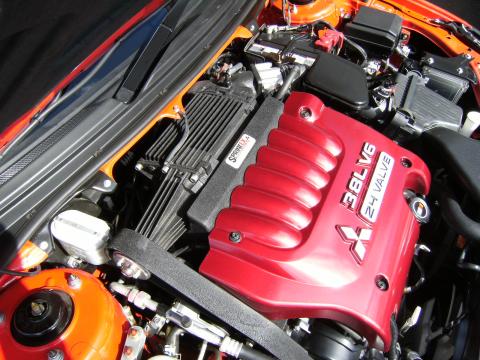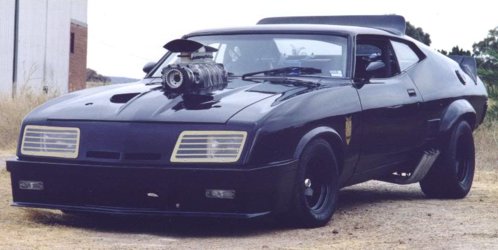- Thread starter
- #21
Why would you need to modify the OEM computer? I can't see how you would need to modify it any more than with the centrifugal unit.
You still have the same inputs and outputs. My main concern is that if you take out the turbos you then get different breathing characteristics due to the lower exhaust back pressure. Ideally you could benefit from exhaust tuning for bigger gains but that is another conversation.
i guess you are right, there would still be a maf and all related pressure sensors.
a whipple would make rear spark plug changes a breeze too if it was mount between the banks. it just seems that every whipple i hav seen comes with a kit for intake runners. this would make the entire conversion quite pricey. the centrifugal SC allows the stock intake manifold to be retained.
regarding the exhaust back pressure, proper equal length headers would be used, but i dont see a reason why the back pressure would changed significantly, i can understand it would change a bit as there is no turbine to spin now


